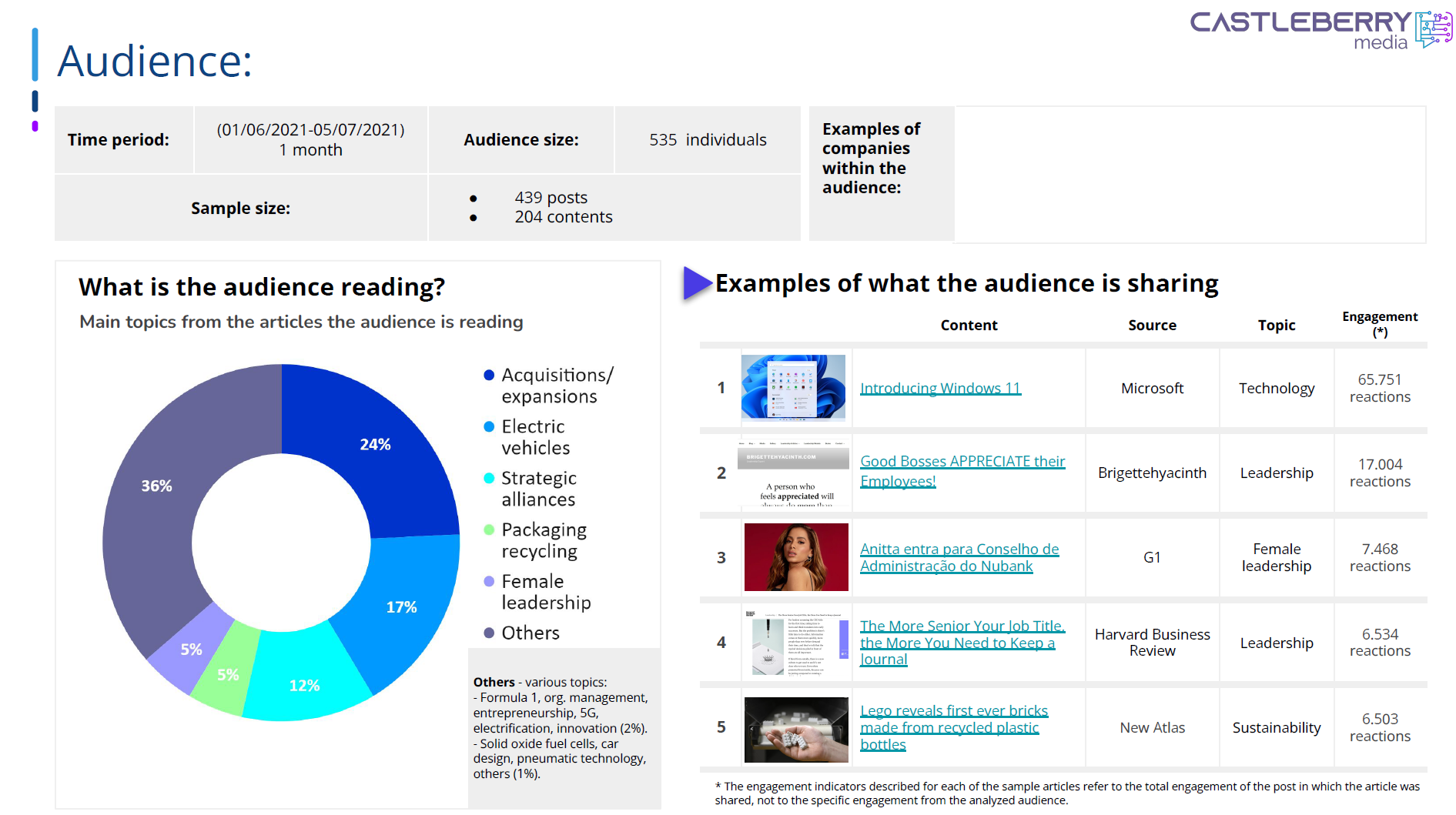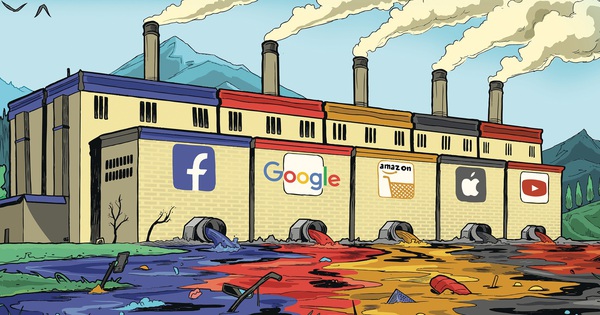One million digital ad impressions emit one tonne of CO2 – the equivalent of every passenger on a return flight between London and Boston. This is a worrying figure, because as a result of an average ad campaign, one million impressions is not a large number.
Advertising is a constant presence in our lives. It is estimated that the average person is exposed to between 6,000 and 10,000 advertising messages/images from brands every day. Media companies create advertisements as a way to communicate and engage with consumers, while also generating revenue for themselves.

The truth is: Ads have their own carbon footprint.
And the more advertising messages and images there are, the more their impact on the environment increases.
One time display Advertising not only consumes energy but also emits between 0.08 and 1.09 grams of CO2, equivalent to the emissions from 2.5 plastic straws.
One million impressions generates one tonne of CO2 – the equivalent of every passenger on a return flight between London and Boston. This is a worrying figure because one million impressions is not a large number for an average advertising campaign.
An advertising campaign can generate 70 tons of CO2 emissions equivalent to the average emissions of 7 people into the atmosphere in a year
From 2019 to 2022, advertising emissions increased by 11%, and 32% of each person’s carbon footprint now comes from the ads they see and receive. Advertising currently generates the equivalent of 56 coal-fired power plants in a year. (According to the Advertised Emissions study, conducted annually by Purpose Disruptors and Magic Numbers, focusing on the UK market)

Where does the carbon footprint in advertising come from?
But how do ads pollute? Their carbon footprint can be explained by a number of factors, both direct and indirect. On the one hand, the impact of advertising comes from the products themselves, as advertising encourages consumerism and the purchase of things that have a high environmental cost.
In fact, a study from the New Weather Institute and Greenpeace calculated the greenhouse gas emissions associated with worldwide Sales generated by advertising on cars and planes. The study’s conclusions were shocking: The impact of this type of advertising is equivalent to twice the emissions that Spain emits each year.. If we only consider car and airline advertising in the European Union, the emissions are equivalent to those of Belgium.
“Polluting cars and airlines spend billions on advertising for a reason: they drive sales, but they also fuel the climate crisis”, Greenpeace activist Silvia Pastorelli shared at the presentation of the study results. The NGO then called on the European Union to ban advertising for products with high carbon emissions.
On the other hand, advertising pollutes because of where these messages appear. 50% of global online advertising is created just to serve ads, not on legitimate media, according to calculations by Ebiquity PLC and Scope3 PBC. These unregulated sites do not bring value to brands and create high environmental costs. All the messages in media campaigns are broadcast, with costs, but do not actually reach the right people. Emissions from regulated sites are 52% lower, because they are optimized for technology, and advertising bids are lower than on automated online ad sales sites.
Another big point explains why advertising is polluting. Their own Creative process and the way they reach consumers comes at an environmental cost.. According to 2018 estimates, advertising accounts for 10% of all energy costs generated by the internet. Fifty-five’s latest research identifies three main polluting stages in online advertising: the creative, travel, filming and post-production process; broadcast media, with viewing or support tools; and audience targeting, with increasingly sophisticated technology that determines to whom each ad is shown.
5 Ways to Reduce Carbon Emissions in the Digital Advertising Ecosystem
Reach the right audience
Creating content that is irrelevant to the user audience creates enormous visual pollution on the digital ecosystem and, in addition, creates significant carbon footprints due to the energy consumption of all the machinery involved in producing, storing, and distributing that content.
Creating successful content requires delivering the right message to the right audience. And understanding your target audience requires data. A complex set of data that, when processed properly, can make recommendations about your potential customers’ purchasing preferences.

The key is to use this data effectively to gain more information, understand the topics that users are interested in, and create valuable content that is useful to customers so that they can find the right solutions faster. The conversion process from users to active customers will be faster and more efficient. At the same time, you can reduce the number of ads, use fewer servers, send fewer emails, even use less cloud space, ultimately reducing CO2 emissions and achieving higher advertising effectiveness at lower costs.
Reduce the energy impact of the device
Design effective Email Marketing Campaigns
If you want to minimize the impact of email, it is important to create accurate email marketing campaigns and avoid storing unnecessary data. A good option to reduce your carbon footprint is to avoid sending large attachments to multiple recipients at once. If you need to send large files, you can use additional download links on platforms like WeTranfer (which deletes data a week after sending).
Prioritize calls to action in content
The faster you convert users into customers, the less energy you use. All content should have a purpose: to get the reader to take a specific action. To do this, include compelling calls to action (“Buy Now,” “Request More Information,” “Get a Consultation”).

Remove unnecessary content
On advertising platforms, you need to check to remove duplicate, outdated, or content that no longer serves your purpose.
Minimize images and optimize Video Content
Images are one of the biggest polluters in the digital ecosystem. Avoid using heavy images or images that don’t add value to the content.
Or you can use free tools (like TinyPNG ) to reduce the size of your images without affecting their quality. When users have to download fewer bytes, that equates to less carbon emissions.
Campaigns when deployed over wi-fi can reduce advertising emissions by 50-70%.
Clean up your database regularly
Duplicate contacts, inactive customers, outdated records or unnecessary customer information require significant storage space, leading to higher energy consumption and CO2 emissions. Therefore, cleaning up the database and eliminating waste will help create a more energy-efficient digital ecosystem.

Monitor and use environmental sustainability initiatives
It’s not just advertising that has an impact on the environment. It’s also important to track and offset your carbon footprint. You can measure your company’s carbon footprint yourself or hire someone to do it for you, depending on the size of your company and your time and budget. Once you have your assessment, set a maximum CO2 index that your advertising campaigns cannot exceed. From there, you can take action, such as reducing high energy costs, switching to renewable energy, or actively participating in other programs, such as sustainable reforestation projects. Some forward-thinking companies even include this energy target in their management metrics.
One example is Castleberry Media’s environmental initiative in partnership with Fenalco, a Colombian trade promotion organization. With the help of environmental engineering experts, Castleberry Media calculated the carbon footprint of its processes (average laptop performance, lighting consumption, average internet energy consumption, and other factors). Once its carbon footprint was determined, Castleberry purchased carbon certificates (which translates to planting trees) to offset its environmental impact.

Demonstrate that the Brand is committed to sustainability without falling into “Green-washing”
Today’s consumers, especially Generation Z, are increasingly concerned about the environment. So, after optimizing internal processes, customers need to know what makes your brand environmentally friendly, such as:
- Write a statement of commitment to your company’s sustainability goals.
- Create content about the impact of sustainability on the digital ecosystem
- Update reports and information on brand sustainability activities
- Share on Social Media the environmental milestones your company has achieved.
Raise awareness and “educate” staff about environmental sustainability
On your company intranet or internal activity, you can explain to employees the benefits and how sustainability improves their lives and the environment. Have employees set aside time every twenty minutes to clear their inboxes, especially those containing large images or videos. The goal of this activity is to make each employee in the company accountable for their work and change their habits for the better.
Conclusion
Reducing your digital advertising carbon footprint is no longer a “maybe”; it is an obligation, not a possibility. Every decision you make when creating or promoting your marketing campaigns and managing your content must be carefully made; avoiding unnecessary CO2-generating waste elements. Having effective and sustainable marketing strategies in place from the start will not only benefit your community but will also improve your brand’s bottom line and reach.
Comment Policy: We truly value your comments and appreciate the time you take to share your thoughts and feedback with us.
Note: Comments that are identified as spam or purely promotional will be removed.
To enhance your commenting experience, consider creating a Gravatar account. By adding an avatar and using the same e-mail here, your comments will feature a unique and recognizable avatar, making it easier for other members to identify you.
Please use a valid e-mail address so you can receive notifications when your comments receive replies.
